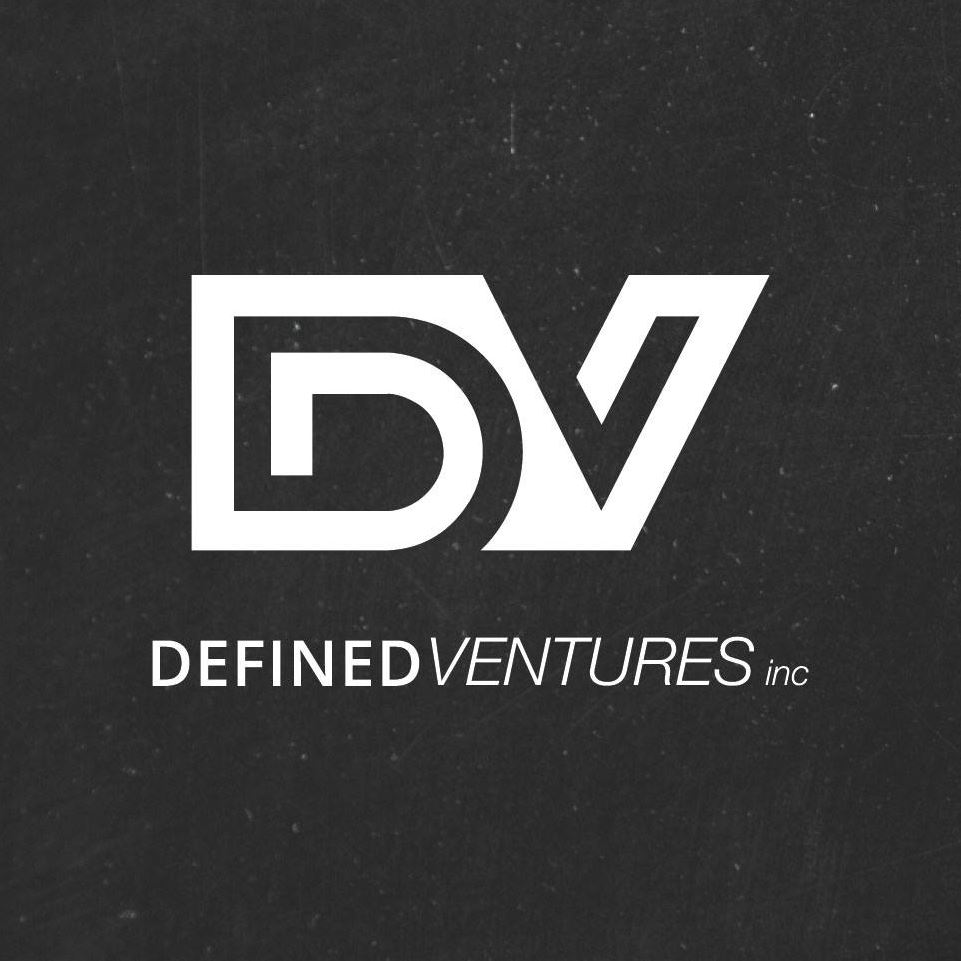The manufacturing industry is changing. Advanced technologies and global expansion demand that companies do more to maintain competitive advantage than ever before. Customers demand near-constant improvements and innovation, faster product-to-market times, efficiency in production and order fulfillment, and the best possible prices along the way.
Manufacturers who don’t make a reasonable effort to fulfill these needs lose out as the competition picks up the slack. They are rapidly outplayed by more advanced global entities, most of who use Industry 4.0 digitalization solutions; it’s just plain impossible to match their speed and efficiency. The Internet of Things (IoT) also makes it more possible than ever to become visible in classically low-visibility industries, further exacerbating the issue.
Why the Slow Adoption of Manufacturing Software?
Despite the distinct benefits that IoT and Industry 4.0 applications have to offer manufacturers, many are still holding back. Confusion around digitalization options and what newer software applications have to offer, failing to understand available options, and concerns about failed integrations lead to avoidance, and thus, lost competitive advantage.
Most of these fears are unfounded. Like any other industry advancement, manufacturers must be willing to forge the right path forward without sacrificing their own efficiency and competitiveness, but it is important to do it right.
One of the most effective ways to prepare for technological onboarding processes and change is to fully understand it in the first place. Plain-English explanations go a long way to alleviating worries because they take the “scary unknown” out of the equation. Below, we’ll provide a brief explanation of each solution and how it benefits manufacturers who want to stay on top.
Material Requirements Planning (MRP) Software
MRP is the classic new-world software technology for manufacturers; it provides rapid centralized management of all materials related to the manufacturing process. This is, of course, ideal, because it prevents waste and ensures you have the right resources for daily operation at all times.
The standalone MRP’s usefulness is mostly limited to push and pull inventory control, purchasing raw materials, forecasting and materials analysis, and delivery scheduling. It’s useful, but only a few specific departments need what it provides, making it less useful than other more congruent options.
Contrary to popular belief, the most common form of MRP isn’t an integrated software solution within a different platform. Most MRPs were standalone up until about 10 years ago; today, options exist on both ends of the spectrum.
Unfortunately, MRP alone just isn’t considered “bleeding-edge” anymore. Despite the fact that it lets you schedule, forecast, and control your inventory, it really just doesn’t do much else. In a world where manufacturers are expected to be highly visible online, efficient, communicative, and one step ahead, that’s a significant problem.
Advanced Planning and Scheduling Software (APS)
Like MRP, APS is specific to the manufacturing industry; it specifically focuses on management and optimization of the raw materials and production capacity relationship. Although similar to MRP, it isn’t quite the same in application or real-world use.
APS platforms can be extremely complex; for this reason, they aren’t usually recommended for simpler, more standard manufacturing processes. It is especially useful for managing process trade-offs, complex priorities, exhaustive workflows, and capital-intensive production needs. The pharmaceutical industry is one of the biggest users of APS because their production processes are generally high in complexity and demand razor-thin control over every step.
APS is especially beneficial to the last of these when plant capacity is low, when a plant is handling multiple clients or projects, and when production often demands real-time adjustments, stops, starts, and stalls. It helps to reduce waste and improve efficiency for the best shot at making deliveries and stock on time.
Like MRP, APS is short-sighted in application. This isn’t to say it isn’t useful; sometimes, it can be the difference between success and failure in complex manufacturing environments. Used alone, APS suffers from the same “disease” as MRP – it leaves out a significant amount of “Industry 4.0” tasks.
APS just doesn’t provide the level of flexibility and visibility newer and more integrative platforms offer. It handles inventory flawlessly, but often does little to address client communication, sales, digitalization, sales tracking, delivery scheduling, or in some cases, even human resource management demands.
Lastly, both old-school and bleeding-edge APS systems are notoriously IT-intensive. Use it alone and you will end up paying more because you end up having to pay for other software to handle other areas of business APS can’t cover. There are a few limited situations where this investment makes sense, but overall, it’s just better to use customized all-in-one platforms that allow for APS integrations.
Enterprise Resource Planning (ERP) Software
ERP is business process management software that functions specifically to help businesses improve managing their resources through integrated applications and platforms.
Unlike customer relationship management (CRM) software, which focuses only on customers, or human capital management (HCM) software, which focuses on people management, ERP provides broader management capabilities. It grants the user access to MRP and APS platforms as well as an almost endless list of other integrations. Because it’s customizable, it’s a tailored fit for the unique needs of every manufacturer.
ERP isn’t specific to the manufacturing industry; in fact, many corporations use it to streamline large-volume resources. But this is a case of contraposition; just because ERP is used across every industry, doesn’t mean every ERP is right for every corporation.
Manufacturing-specific ERPs are specifically designed with the manufacturing environment and business in mind. They start with easy integrations for commonly used software like QuickBooks, Shopify, Podio, Tableau, Panda Docs. Then, the software provider adds in APS, MRP, CRM, and HCM plugins (custom-built or based on APIs).
Ultimately, manufacturing-specific ERP gives you access to all of the most useful traditional management strategies. In a single single-point platform, you can partially or fully automate:
- Inventory tracking.
- Resource management.
- Sales and order tracking.
- Employee management.
- Human resources analysis.
- Workflow and process analysis.
- “Big data” analysis and reporting.
- Task assignment and trade-offs.
- Centralized document databases.
- Email marketing and management.
- Project management, tracking, and reports.
- Production and distribution tracking and insights.
- Many other beneficial marketing solutions (including custom software).
Overall, this is really the best option for most manufacturers. Because it’s infinitely scalable and upgradable, it lets you effortlessly flow with technology. There are fewer risks from bad integrations and more improvement along the way.
President and founder of DVI, Aaron Boerger realized early in life that he had a unique combination of x-ray vision and business acumen for seeing the weaknesses that held businesses back – and the ability to define the right tools, technology and strategy to make them stronger.
From founding a successful technology support business in his early teens, to serving as Chief Operating Officer for several companies in the financial, technology and marketing industries, Aaron has developed a reputation for reinventing technology implementation tactics – and the willingness to tell people not what they want to hear, but what they need to hear, in order to achieve success without overwhelm.
Aaron will always go the extra mile to provide the accountability and support his clients need to achieve their goals, yet isn’t afraid to tell them when they are doing something wrong.

